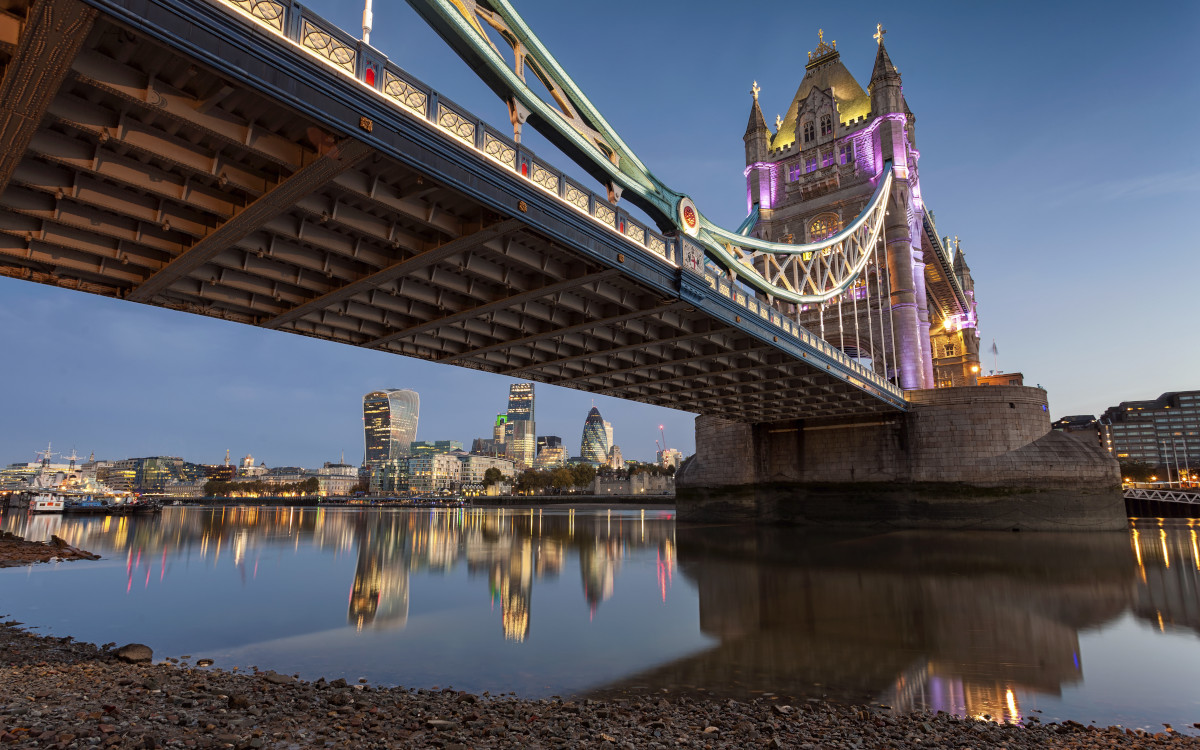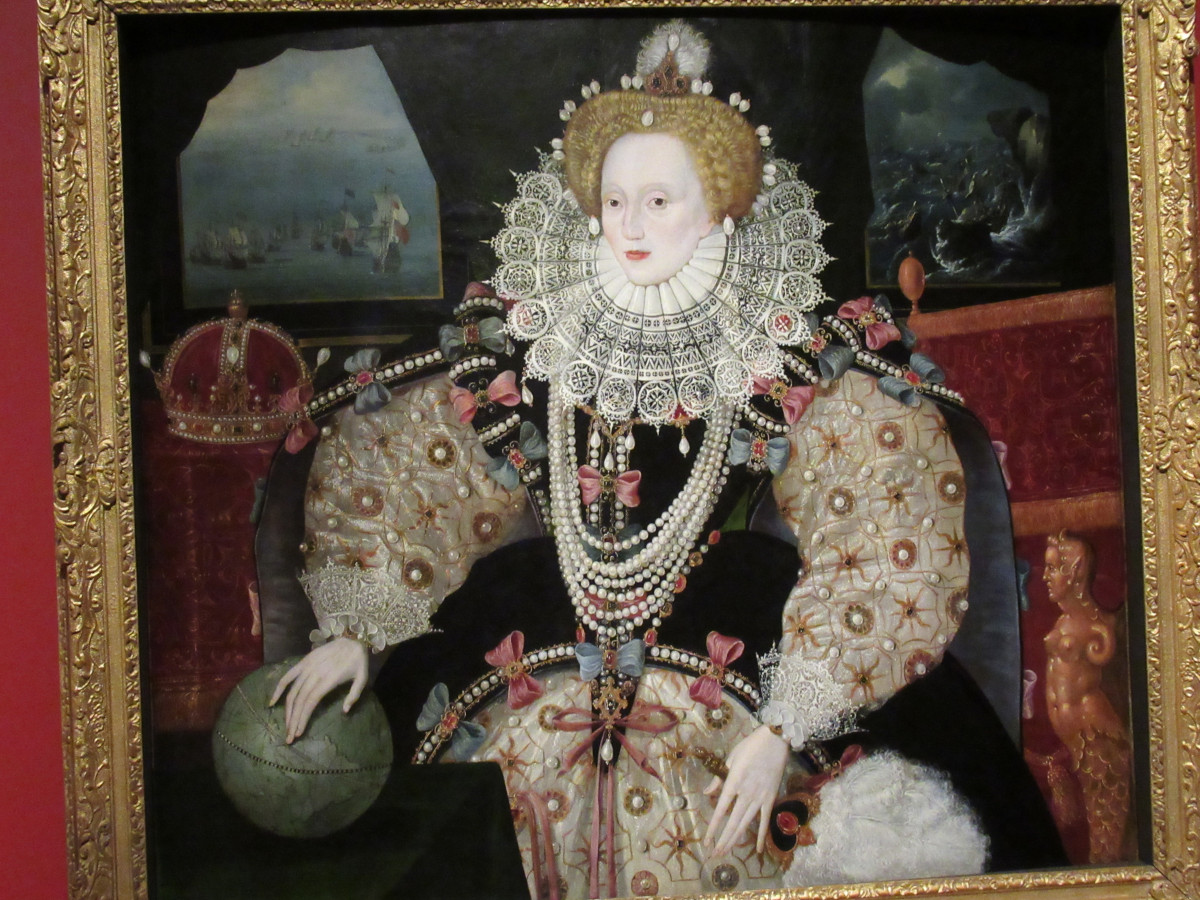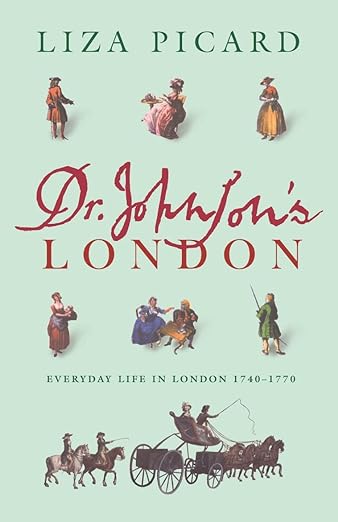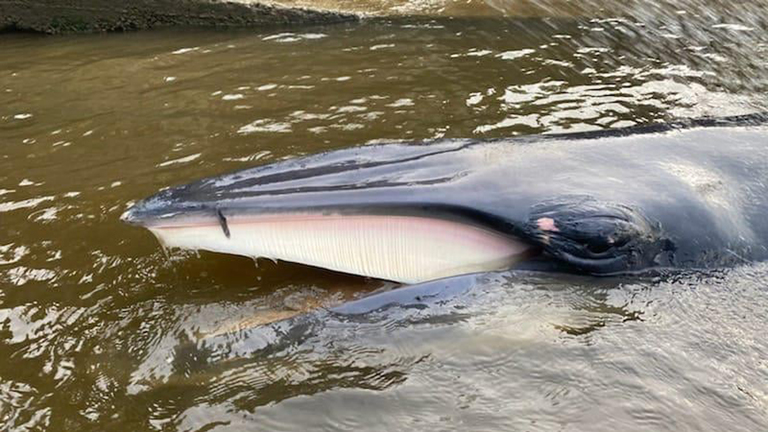The River Thames has been the lifeblood of the city of London for two millennia, So much of the city’s past is tied up with its iconic river. This post covers many aspects of the Thames – its geography, its beauty and some of the many moments of history which have taken place along it. We also make time for the quirky – the Great Frost, the Great Stink, whales and mudlarking – and finish with a range of ideas for ways to enjoy the Thames today when you visit London.
the river thames: The Big Picture

The Thames rises in Gloucestershire and, 215 miles later, flows into the sea at Gravesend on the Kent coast. In London, following the north bank from west to east takes you through Chelsea and Westminster, along the Embankment, to Blackfriars and the City of London, then past the Tower of London to the docks. Along the southern bank the route would include Lambeth (opposite Westminster), the South Bank, where the London Eye and the National Theatre are, then take you through Southwark past Tate Modern and the Globe Theatre to Greenwich. Famous bridges you’d pass under would include Westminster, Waterloo, Blackfriars, the Millennium Bridge, Southwark Bridge, London Bridge and Tower Bridge.


On the podcast are lots of examples of those who used the Thames to navigate through London in the past. They include lawyers travelling from the Inns of Court to hear cases in Westminster, playgoers crossing the river to Southwark in Shakespeare’s day and all those who worked on the river, from the watermen of old to the varied river traffic described by a visiting Frenchman in the 19th century: ‘Steam tugs whistle, pant and hurry, ships with great red sails descend the river towards the sea. A steamer advances majestically.’
beauty and danger


Both the Wordsworths described the beauty of the Thames. For William, the sight of the river and the city beyond which he viewed from Westminster Bridge was mesmerising. Really, he wrote, ‘Earth hath not anything to show more fair.’ His sister Dorothy, describing the same scene, wrote that ‘the city, St Paul’s, with the river and a multitude of little boats, made a most beautiful sight as we crossed Westminster Bridge.’
Sukhdev Sandhu, wrote movingly in Night Haunts of the thousands who have drowned in the Thames: ‘Elizabethan lightermen whose boats fell apart, 18th century African slaves jumping overboard to avoid being deported back to plantation servitude, the six hundred passengers who drowned in 1878 when the paddle steamer Princess Alice collided with another ship at Galleon’s Reach, the victims of the Marchioness Disaster in 1989.’ Flooding was also a constant danger before the Thames Barrier was built in the 1980s. But the river saved lives during the Great Fire of London: some jumped in to escape the flames, many more, including King Charles himself, spent 4 days and nights filling buckets with river water to bring the fire under control.
Moments of History on the River Thames


Here are a few of those mentioned on the podcast:
When Richard Whittington**, Lord Mayor of London died in 1423, he left money in his will for the building of Whittington’s Longhouse, an enormous public lavatory with 128 seats built over the river near Cannon Street and flushed by the tide.
** better known as Dick Whittington
Henry VIII was fond of organising river pageants, in which 2 boats would stage a fight on the water, one representing the King and his Council, the other the Pope and his Cardinals. Guess who ended up falling overboard every time?
Elizabeth I also loved excursions on the Thames and was seen one day by John Evelyn who wrote: ‘The Queen came in an antique-shaped open vessel, covered with a canopy of cloth of gold, made in form of a cupola, supported with high Corinthian pillars, wreathed with flowers, festoons and garlands.’


Lisa Picard, in her book Johnson’s London, described the new Lord Mayor of London travelling along the river in 1749. He was ‘attended by the different livery companies in their barges, each one elaborately painted and decorated for the occasion with 16 oarsmen in their uniforms at the back and flags flying and a band playing on the steeply inclined prow.’
After Sir Winston Churchill’s funeral in 1965, the coffin was taken along the river to Waterloo en route to Oxfordshire where he was to be buried. The scene was described by Boris Johnson in Johnson’s Life of London: ‘The crowds were silent and sometimes weeping. A flight of 16 English Electric Lightnings swooped over London as the little launch nosed upriver. In perhaps the most touching gesture of all, the cranes dipped in salute as he went through the pool of London.’
The Great Frost and the Great Stink


The Thames has frozen a number of times and the winter of 1683-4 was known as the Great Frost because the river froze for several weeks. On January 9th John Evelyn noted that the ice was so thick that rows of booths were set up on it, selling roasted meats and other snacks and even that ‘coaches, carts and horses passed over.’ By the 24th there was a sort of carnival on the ice, with people skating between such entertainments as ‘bull-baiting, horse and coach races and puppet plays.’ By the 8th February, the thaw was beginning, but ‘ye Thames’ was still frozen.
What was the Great Stink? By the 1850s, 250 tons of human sewage was being dumped daily into the Thames and the hot summer of 1858 meant that the smell was so unbearable that even the MPs in Westminster fled the city. The solution was designed by Joseph Bazalgette – look out for his statue on Victoria Embankment. His huge engineering project saw 1300 miles of sewers laid in London, connected to gigantic pipes running along the Thames. From there the sewage was taken eastwards to the mouth of the river. Roads such as the Victoria, Albert and Chelsea Embankments were built on top of the giant pipes and are still there today.
whales and mudlarks


Because the Thames is a tidal river an occasional whale has made it into London from the sea. John Evelyn described one in 1658, 58 feet long with ‘very small eyes, a greate taile …. and a mouth so wide that divers men could have stood up in it.’ This century there have been more incidents. A beluga whale, named Benny by the public, was sighted a number of times in 2018 and 19 before disappearing, hopefully back to sea. In 2021 a calf minke whale found in Richmond became so distressed that eventually it had to be put down by vets.
Mudlarking was particularly prevalent in Victorian times – the practice of wading into the river to see what could be scavenged from the bottom. A diarist writing in 1861 described this dangerous practice after seeing people walking barefoot through thigh-deep ice-covered mud: ‘One young woman … waded through mire and water among dead cats and broken crockery, towards the river until, stooping almost double, she disappeared in the mud and darkness under the side of a coal barge.’
enjoying the river thames today


Classic central London boat trips for sightseers can be booked from companies like Thames River Boats and Thames River Sightseeing. For great river views, take a ride on the London Eye. Consult the Thames Path website for advice on walking along the river and ideas for what to see en route. The Museum of London Docklands covers the history of London including the river. There are two fascinating boats from history to visit on the river in Southwark: an exact replica of the Golden Hinde, the galleon in which Sir Francis Drake sailed round the world, and HMS Belfast, a Royal Navy ship from World War II. And, for more things nautical there’s Greenwich – see Episode 18.
Listen to the POdcast
Reading suggestions
Night Haunts by Sukhdev Sandhu
Dr Johnson’s London by Lisa Picard
Johnson’s Life of London by Boris Johnson
Mudlark by Lara Maiklem
Thames, the Biography by Peter Ackroyd
links for this post
Thames River Boats
Thames River Sightseeing
Walking the Thames Path through London
London Eye
Museum of London Docklands
The Golden Hinde
HMS Belfast
Previous episode London’s Royal Parks
Next episode Hampton Court Palace
Last Updated on June 20, 2024 by Marian Jones





